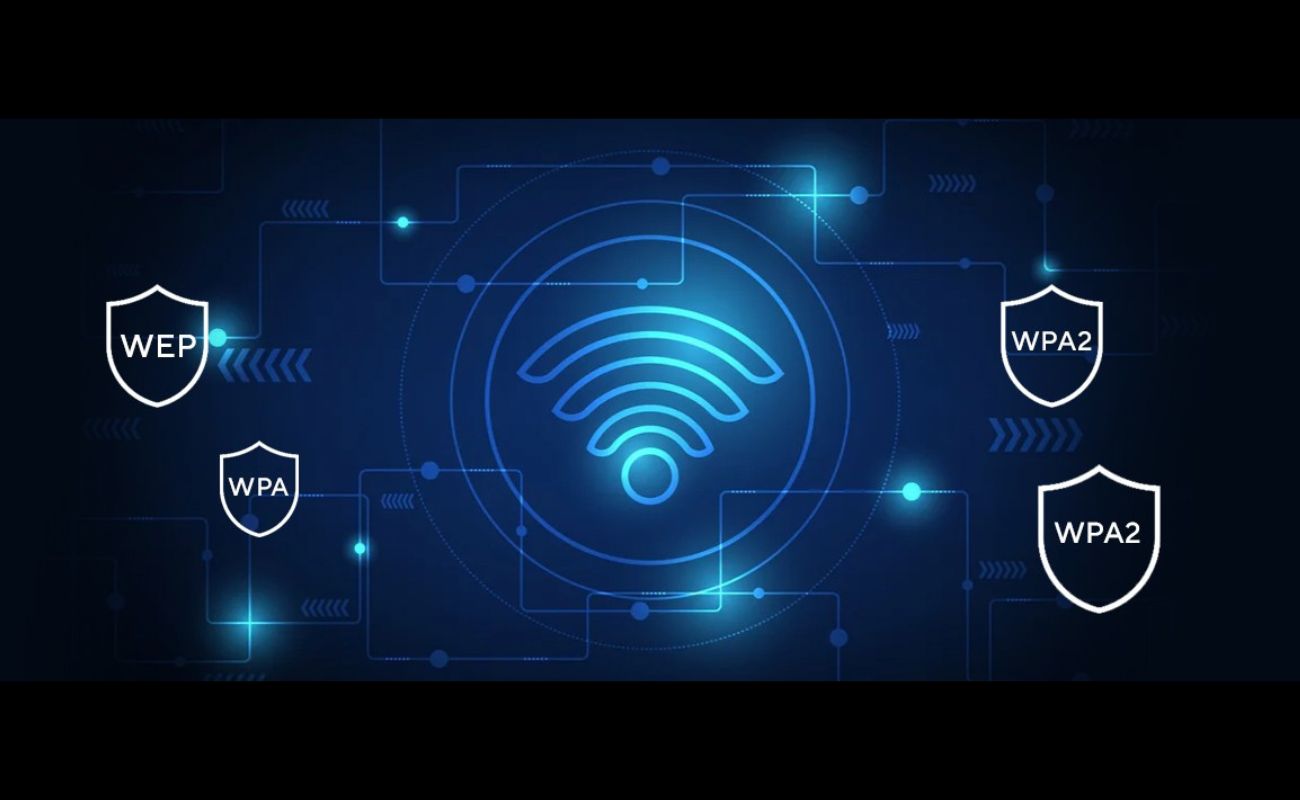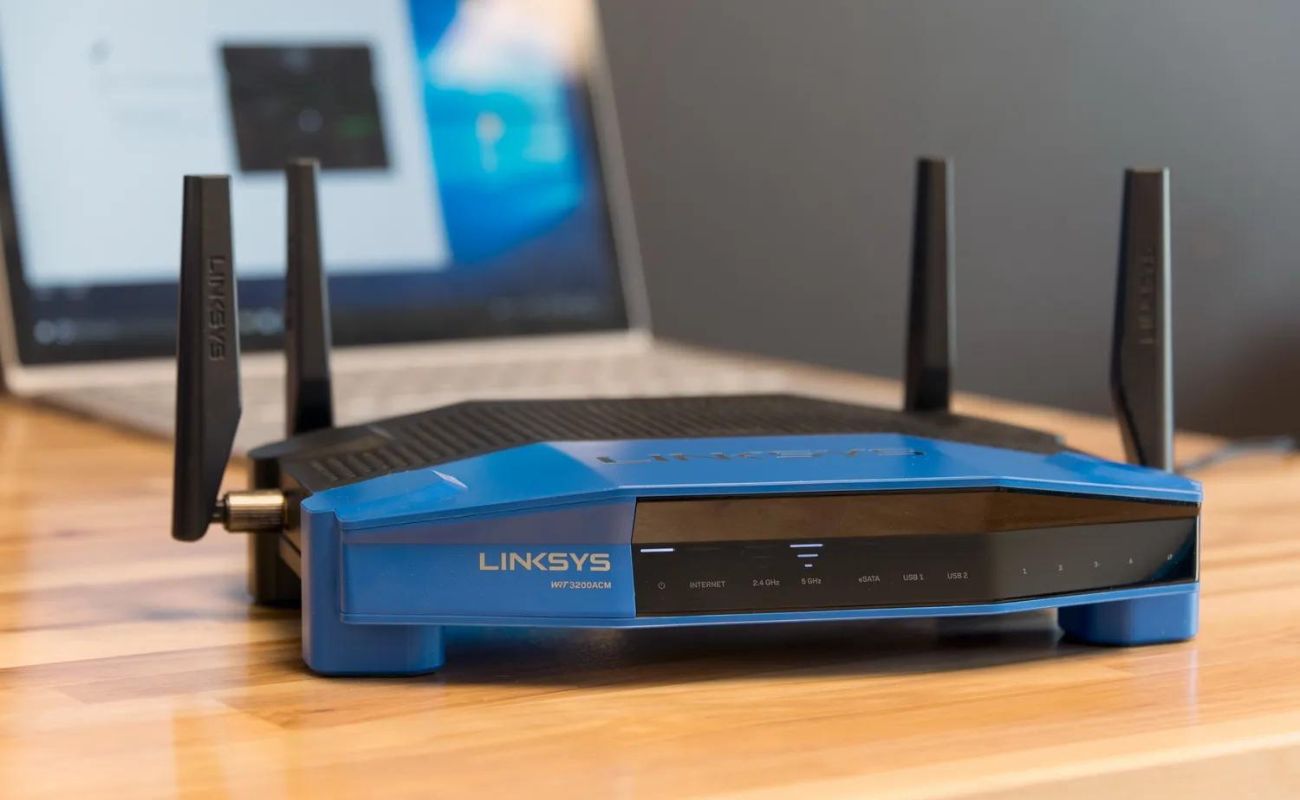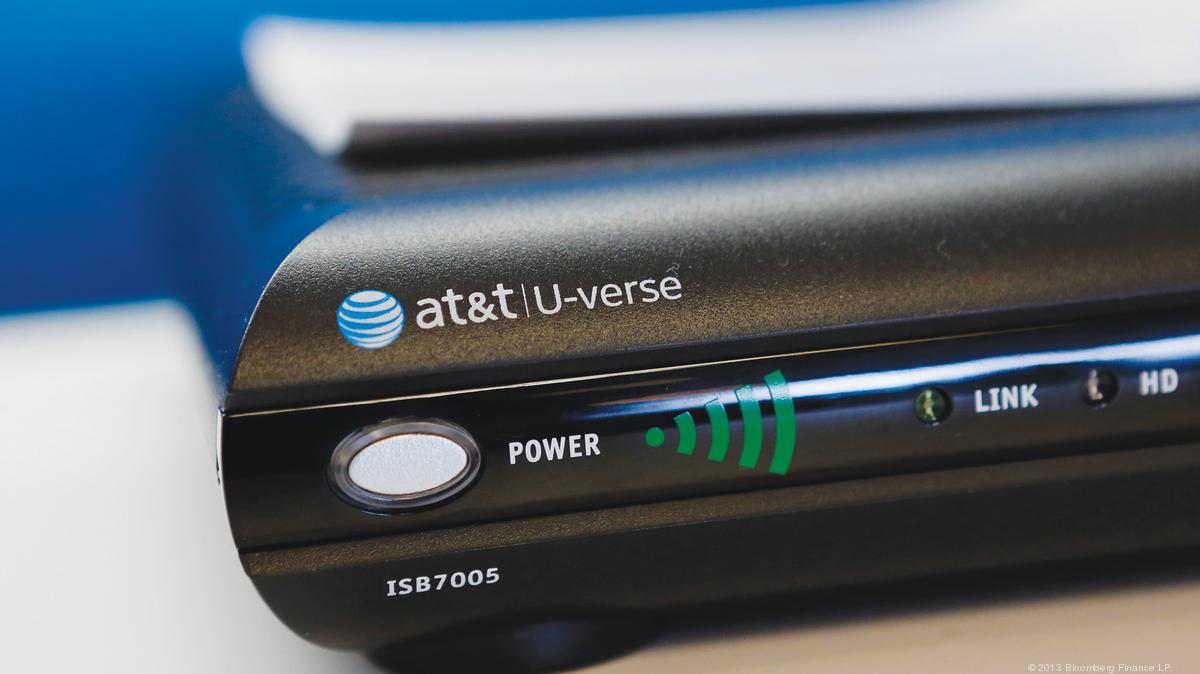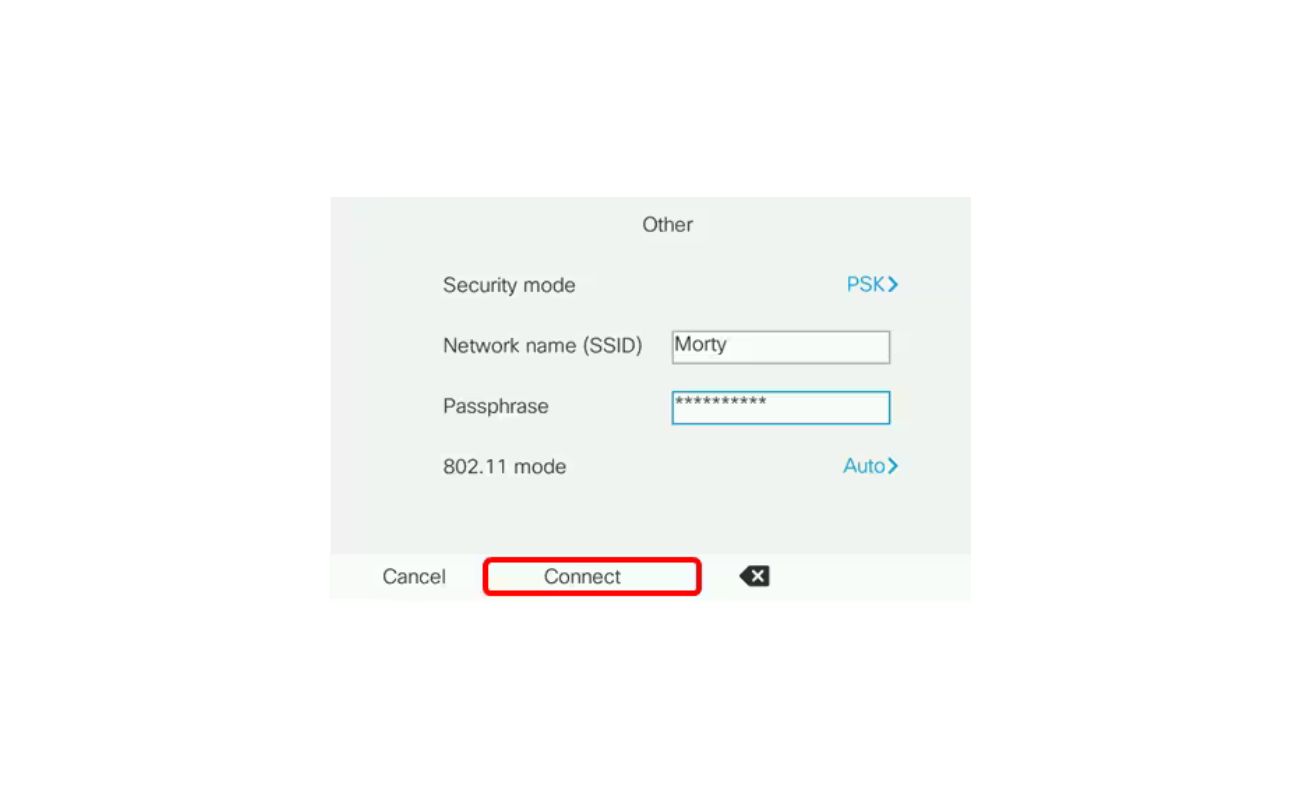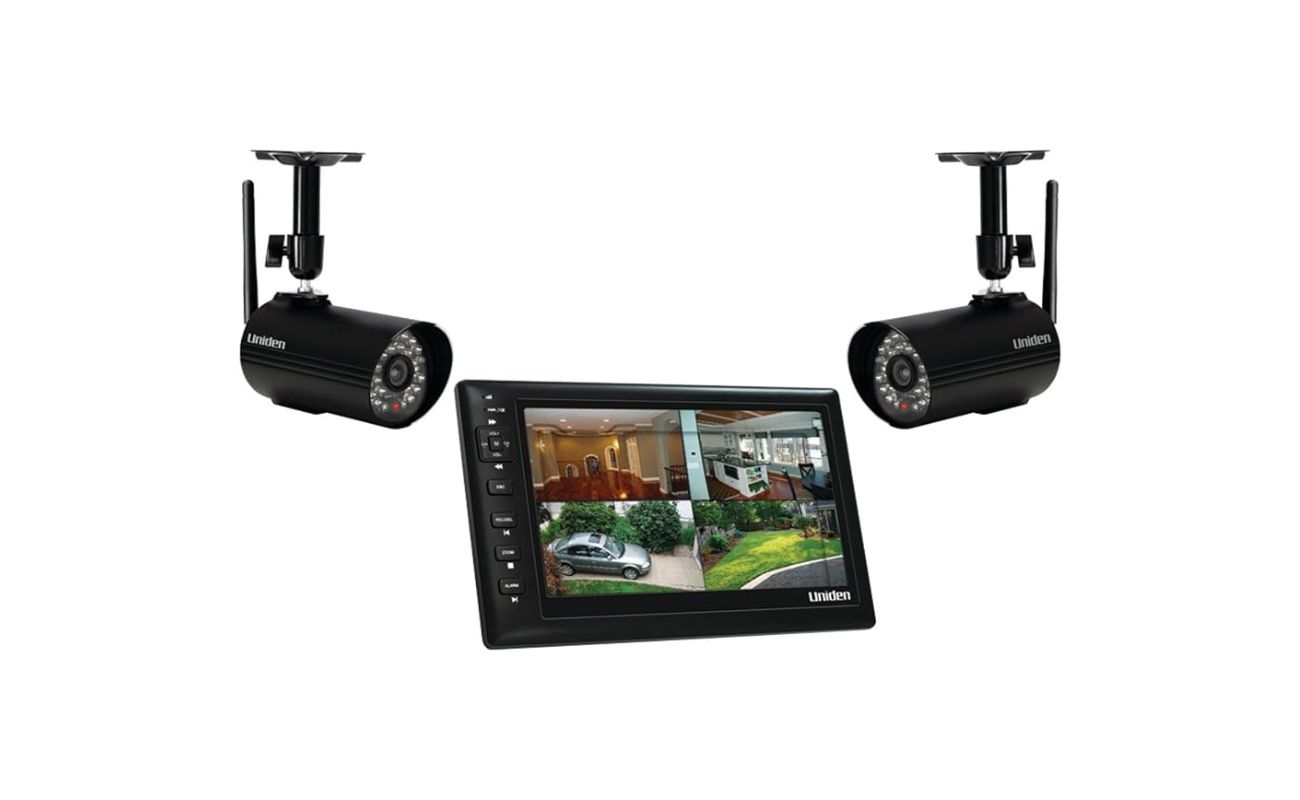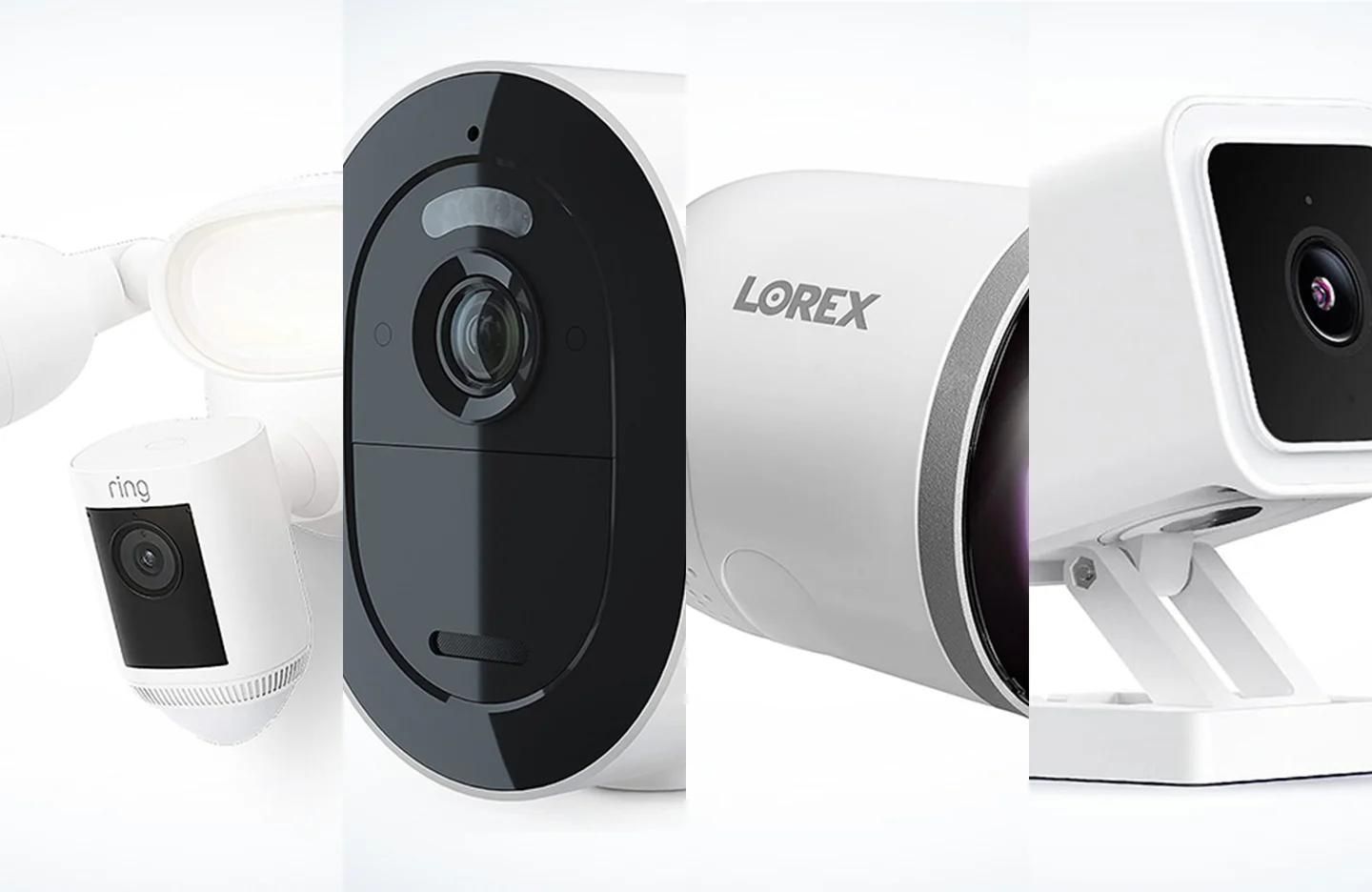Home>Home Security and Surveillance>What Are Wireless Security Protocols
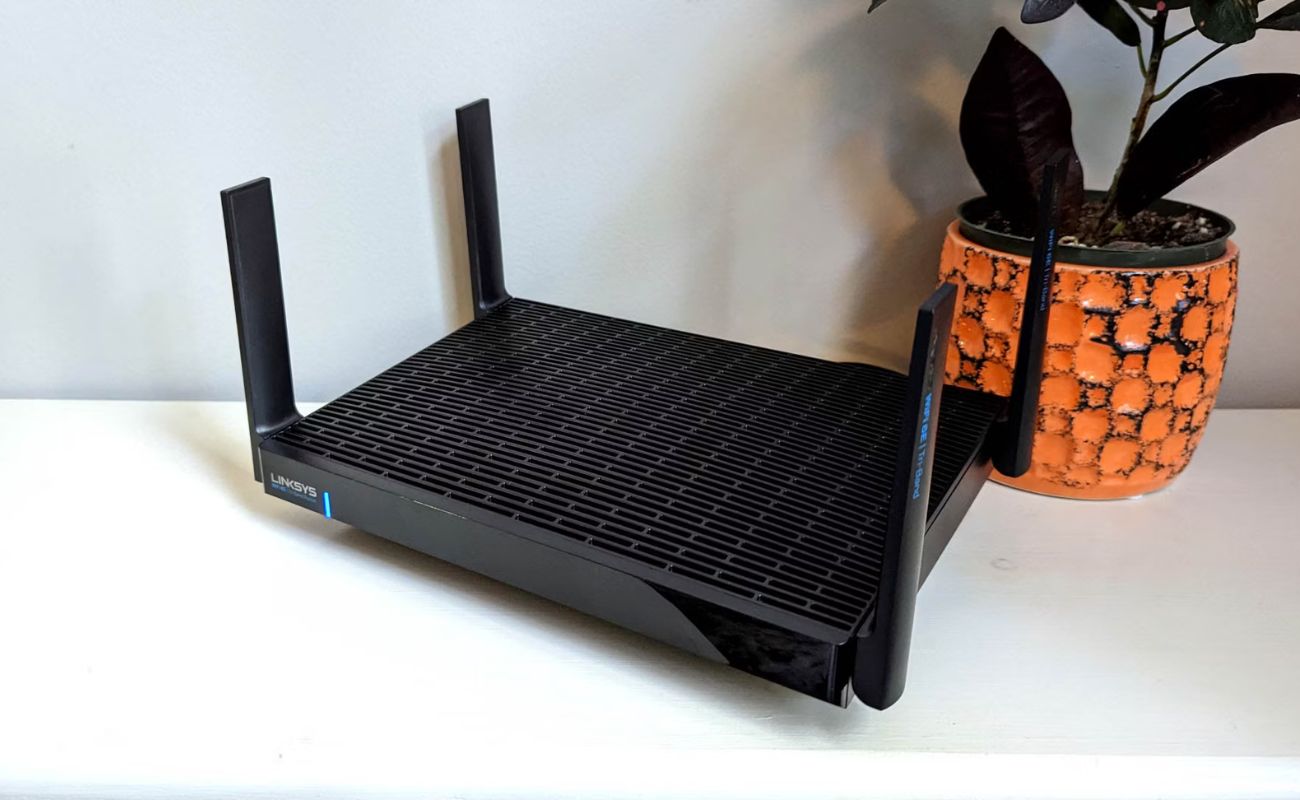

Home Security and Surveillance
What Are Wireless Security Protocols
Modified: September 1, 2024
Learn about the different wireless security protocols for home security and surveillance to protect your property. Find out how to choose the best wireless security protocol for your needs.
(Many of the links in this article redirect to a specific reviewed product. Your purchase of these products through affiliate links helps to generate commission for Storables.com, at no extra cost. Learn more)
Introduction
Home security and surveillance systems play a crucial role in protecting our homes and ensuring the safety of our loved ones. With advancements in technology, wireless security protocols have become an essential component of these systems. These protocols provide a secure connection between devices, preventing unauthorized access and ensuring the privacy and integrity of data transmission.
In this article, we will explore the various wireless security protocols used in home security and surveillance systems. We will discuss the popular protocols such as WEP, WPA, WPA2, and the latest addition, WPA3. Understanding these protocols will help homeowners make informed decisions when selecting security systems for their homes.
Key Takeaways:
- Choose WPA2 for strong home security
WPA2 is the industry standard for securing Wi-Fi networks, offering robust encryption and protection. It’s the recommended choice for keeping your home security and surveillance systems safe. - Upgrade to WPA3 for advanced security
WPA3 is the latest and most advanced wireless security protocol, providing individualized data encryption and enhanced protection. Consider upgrading to WPA3-compatible hardware for the highest level of security.
Definition of Wireless Security Protocols
Wireless security protocols are sets of rules and procedures designed to establish a secure connection between wireless devices and networks. These protocols ensure the confidentiality, integrity, and authenticity of the data being transmitted over wireless networks.
Wireless security protocols employ various encryption and authentication techniques to protect data from unauthorized access. Encryption converts data into ciphertext, which can only be decrypted with the appropriate encryption key. Authentication ensures that devices connecting to a network are authorized and trusted.
These protocols are crucial in home security and surveillance systems as they prevent hackers or unauthorized individuals from gaining access to sensitive data, such as video feeds from surveillance cameras or personal information stored on smart home devices.
Now, let’s delve into the different types of wireless security protocols and understand how they work.
WEP (Wired Equivalent Privacy)
WEP, or Wired Equivalent Privacy, was the first widely adopted wireless security protocol. It was designed to provide the same level of security as wired networks. However, over time, significant vulnerabilities were discovered in WEP, making it relatively easy for attackers to compromise the network.
WEP operates by encrypting data using a static encryption key. This key is shared between the access point (router) and the client devices connecting to the network. However, the encryption algorithm used in WEP, called the RC4 algorithm, has several flaws that can be exploited to decrypt data packets. In addition, the fixed nature of the encryption key makes WEP vulnerable to brute force attacks, where an attacker can repeatedly guess the key until successful.
Due to these vulnerabilities, WEP is no longer considered a secure wireless security protocol. It is recommended to avoid using WEP and opt for more robust protocols such as WPA or WPA2.
If you have an older router that only supports WEP, it is advisable to consider upgrading to a newer router that supports stronger security protocols. Maintaining the security of your home network is crucial in protecting your data and preventing unauthorized access to your devices.
WPA (Wi-Fi Protected Access)
Wi-Fi Protected Access, or WPA, is an improved wireless security protocol that addressed the vulnerabilities found in WEP. It was introduced as an interim solution before the release of the more advanced WPA2 protocol.
WPA implements the Temporal Key Integrity Protocol (TKIP) encryption algorithm, which dynamically generates encryption keys and provides more robust protection against unauthorized access. It also introduced the use of a pairwise master key (PMK) to authenticate devices on the network.
One significant improvement of WPA over WEP is the use of a new encryption key for each data packet, making it much more challenging for an attacker to decipher the encrypted data. WPA also implements a message integrity check, which verifies that the data packets have not been tampered with during transmission.
While WPA is more secure than WEP, it is still susceptible to certain types of attacks, such as brute force attacks or dictionary attacks on weak passwords. It is recommended to use a strong, complex passphrase for your WPA-protected network to minimize the risk of unauthorized access.
Overall, WPA provided a significant improvement in wireless security when compared to WEP. However, as technology continued to evolve, a more advanced and secure protocol was necessary, leading to the introduction of WPA2.
When setting up a wireless network, always use the strongest security protocol available, such as WPA3, to protect your data from unauthorized access.
WPA2 (Wi-Fi Protected Access 2)
WPA2, or Wi-Fi Protected Access 2, is the most widely used wireless security protocol today. It is a successor to both WEP and WPA, providing a higher level of security for wireless networks. WPA2 is considered the industry standard for securing Wi-Fi networks.
WPA2 incorporates the Advanced Encryption Standard (AES) encryption algorithm, which is significantly stronger than the previous RC4 algorithm used in WEP and TKIP algorithm used in WPA. AES is a symmetric encryption algorithm that ensures secure and efficient data encryption and decryption.
One of the key features of WPA2 is the use of the Counter Mode with Cipher Block Chaining Message Authentication Code Protocol (CCMP) for data confidentiality and integrity. CCMP combines the encryption algorithm and message authentication code to ensure that data is not only encrypted but also protected from tampering during transmission.
In terms of authentication, WPA2 uses the Pre-Shared Key (PSK) method, where a passphrase is shared between the access point (router) and the client devices. This passphrase is used to generate the encryption keys and authenticate devices on the network.
WPA2 offers a high level of security and is resistant to common types of attacks, such as brute force or dictionary attacks. However, it is essential to choose a strong, unique passphrase that is not easily guessable to maximize the security provided by WPA2.
It is worth mentioning that not all older devices may support WPA2, as it is a newer protocol. In such cases, it is advisable to use WPA as a fallback option or consider upgrading the devices to ensure compatibility with WPA2.
Overall, with its strong encryption and authentication mechanisms, WPA2 has become the standard choice for securing modern Wi-Fi networks and is widely recommended for home security and surveillance systems.
WPA3 (Wi-Fi Protected Access 3)
WPA3, or Wi-Fi Protected Access 3, is the latest iteration of wireless security protocols, introduced to address the evolving security needs of modern wireless networks. It provides enhanced security features and improved protection against various attacks compared to its predecessor, WPA2.
One of the significant improvements brought by WPA3 is the individualized data encryption, which offers stronger protection for each device connected to the network. This means that even if one device’s security is compromised, the encryption of other devices remains intact, ensuring data privacy and integrity.
WPA3 also introduces the Simultaneous Authentication of Equals (SAE) handshake, also known as Dragonfly, as the default authentication method. SAE provides stronger protection against brute force and dictionary attacks during the authentication process. It replaces the Pre-Shared Key (PSK) used in WPA2, as it is more resistant to offline password cracking attempts.
Another key feature of WPA3 is the addition of encryption for Wi-Fi network configurations transmitted over an open network. This prevents unauthorized parties from eavesdropping on network traffic and gathering information about the network setup.
In addition to the enhanced security features, WPA3 also simplifies the process of connecting devices to a Wi-Fi network through the use of QR codes. Users can scan a QR code displayed on the router or access point using their devices, eliminating the need to manually enter complex passwords.
It is important to note that WPA3 is not backward compatible with WPA2. However, most modern devices support both WPA2 and WPA3, allowing for a smooth transition to the new protocol. To take advantage of the enhanced security provided by WPA3, it is recommended to upgrade both the router and the client devices to WPA3-compatible hardware.
As WPA3 becomes more widely adopted, it is expected to become the new standard for securing wireless networks, including home security and surveillance systems.
Comparison of Wireless Security Protocols
When it comes to selecting a wireless security protocol for your home security and surveillance system, it’s essential to understand the differences and strengths of each protocol. Let’s compare the four protocols we’ve discussed: WEP, WPA, WPA2, and WPA3.
- WEP: WEP is the older, outdated protocol that is no longer recommended for use due to its significant vulnerabilities. It uses a static encryption key and can be easily compromised, making it an insecure option for protecting your wireless network.
- WPA: WPA was introduced as an interim solution to replace WEP. It offered significant improvements in security by using the TKIP encryption algorithm and introducing the use of a PMK for device authentication. While it is more secure than WEP, it is still susceptible to certain attacks and is considered less secure compared to WPA2 and WPA3.
- WPA2: WPA2 is the current industry standard for wireless security. It uses the AES encryption algorithm and offers robust protection against unauthorized access. It also implements the CCMP protocol for data confidentiality and integrity. WPA2 is highly recommended for securing home security and surveillance systems, providing a high level of security when used with strong, unique passphrases.
- WPA3: WPA3 is the latest and most advanced wireless security protocol. It introduces individualized data encryption, offers stronger protection against offline password cracking attempts, and enhances network configuration security. WPA3 also simplifies device connection using QR codes. While adoption of WPA3 is still growing, it provides the highest level of security and is expected to become the new standard in the future.
Overall, WPA2 is the recommended choice for most home security and surveillance systems. However, if you have the option, upgrading to WPA3-compatible hardware would provide the most advanced level of security.
Remember, regardless of the wireless security protocol you choose, it is important to keep your devices up to date with the latest firmware updates and regularly change and strengthen your passwords to ensure the utmost security for your home network and protect your home security and surveillance systems.
Conclusion
Choosing the right wireless security protocol for your home security and surveillance system is crucial in ensuring the privacy, integrity, and security of your data. In this article, we explored the four main wireless security protocols: WEP, WPA, WPA2, and WPA3.
While WEP is outdated and highly susceptible to attacks, WPA provided an improvement in security compared to WEP. WPA2, the current industry standard, offers robust encryption, data integrity, and authentication mechanisms, making it the recommended choice for securing your home network.
However, with the introduction of WPA3, we now have an even more advanced and secure wireless security protocol. WPA3 offers individualized data encryption, stronger protection against brute force attacks, enhanced network configuration security, and simplified device connection using QR codes.
As technology continues to evolve, it is crucial to stay up to date with the latest advancements in wireless security protocols and ensure that your devices are compatible with the latest standards. Consider upgrading your router and devices to support WPA3 for the highest level of security and future-proof your home security and surveillance system.
Remember that strong network security goes beyond just choosing the right protocol. It includes regularly updating firmware, using strong and unique passwords, enabling network firewalls, and keeping an eye out for any suspicious activity on your network.
By understanding and implementing the appropriate wireless security protocol and incorporating best practices for securing your network, you can enjoy peace of mind knowing that your home security and surveillance systems are well protected, and your data remains confidential and secure.
Frequently Asked Questions about What Are Wireless Security Protocols
Was this page helpful?
At Storables.com, we guarantee accurate and reliable information. Our content, validated by Expert Board Contributors, is crafted following stringent Editorial Policies. We're committed to providing you with well-researched, expert-backed insights for all your informational needs.
